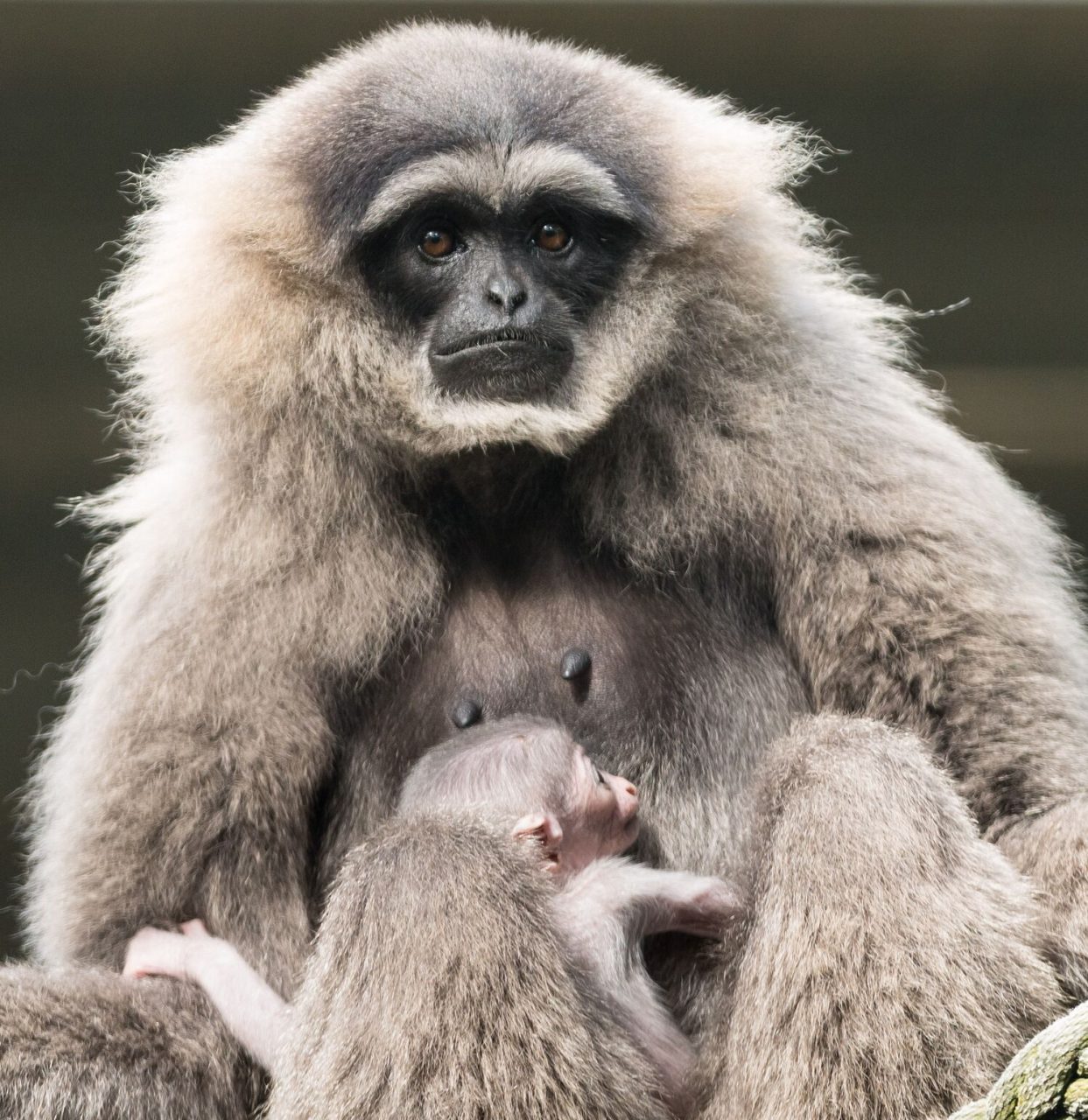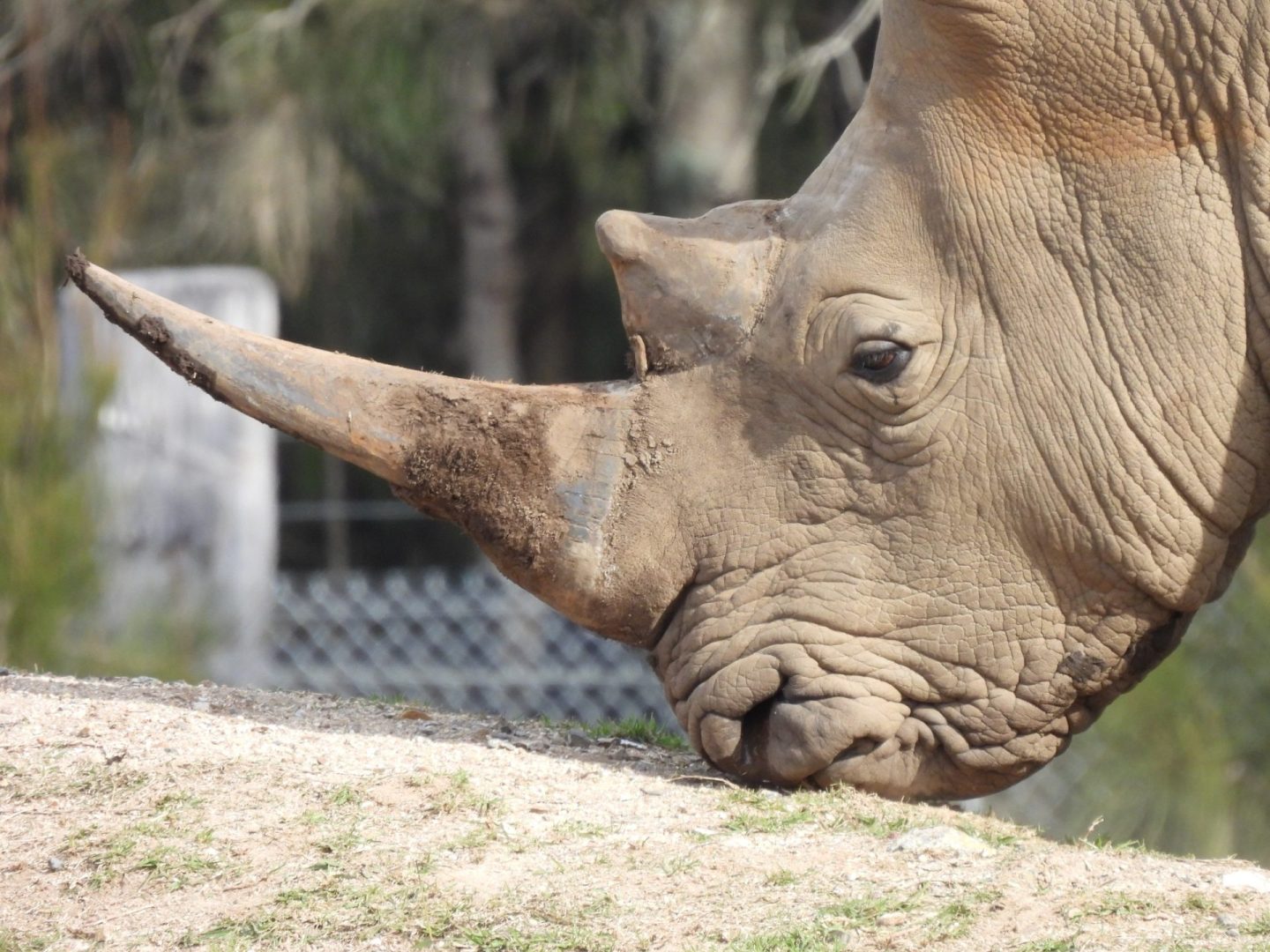Red Panda
SPECIES: Ailurus fulgens



Red Pandas are predominantly nocturnal or crepuscular animals. They live in trees, making them arboreal. Territorial, both sexes mark their territory.
Due to a diet naturally poor in nutrients they have extremely slow metabolisms and spend half the day resting.
Red Pandas have reddish brown fur on their backs and heads with a glossy back underside and leg. Their muzzle, cheeks and ear are white. Alternating light and dark rings decorate their tail.
Quick Facts
Gestation: 4 - 5 months
Maturity: 18 months
Lifespan: 8 - 12 years
Predators: snow leopards
Diet
Red Pandas are omnivores. Although their diet consists almost entirely of young bamboo leaves and shoots, they also eat eggs, fruit, roots, birds, rodents, acorns, and insects.
Breeding and Social Structures
Breeding occurs once a year in early winter and mating is performed on the ground. Females line tree hollows or crevices with nesting material. Cubs are born and remain in these nests for the first few months of life. Males have a small or nonexistent role in raising young.
Red Pandas are predominately solitary forming pairs only during breeding, rarely interacting outside mating.
Females spend the first 1-1.5 years with their offspring.
Why are Red Pandas Endangered?
Red Pandas are considered and endangered species. This may be because of poaching for wild meat, medicine, pelts & pets, and from habitat destruction due to the limber and agricultural industry.
ANIMAL FACTS
Red Panda
Habitat
Red Pandas are found in mountainous forest with dense bamboo; you’ll find them 2000-4500m above sea level.

Did You Know?
Red Pandas have fur on the bottoms of their feet where you may expect to find pads. They also have semi retractable claws which they can use for climbing.
MEET OUR
ANIMAL FAMILY

stay in touch with Your Australian wildlife parks family
Stay up-to-date and subscribe to our newsletters
Your information is only utilised by Australian Wildlife Parks. For more information see our privacy policy.
MOGO Wildlife Park acknowledges Aboriginal people as the traditional custodians of the land on which our offices and operations are located, and we pay our respects to Elders past, pres ent and future.
© 2019-2024 Australian Wildlife Parks • Privacy Policy • Disclaimer














